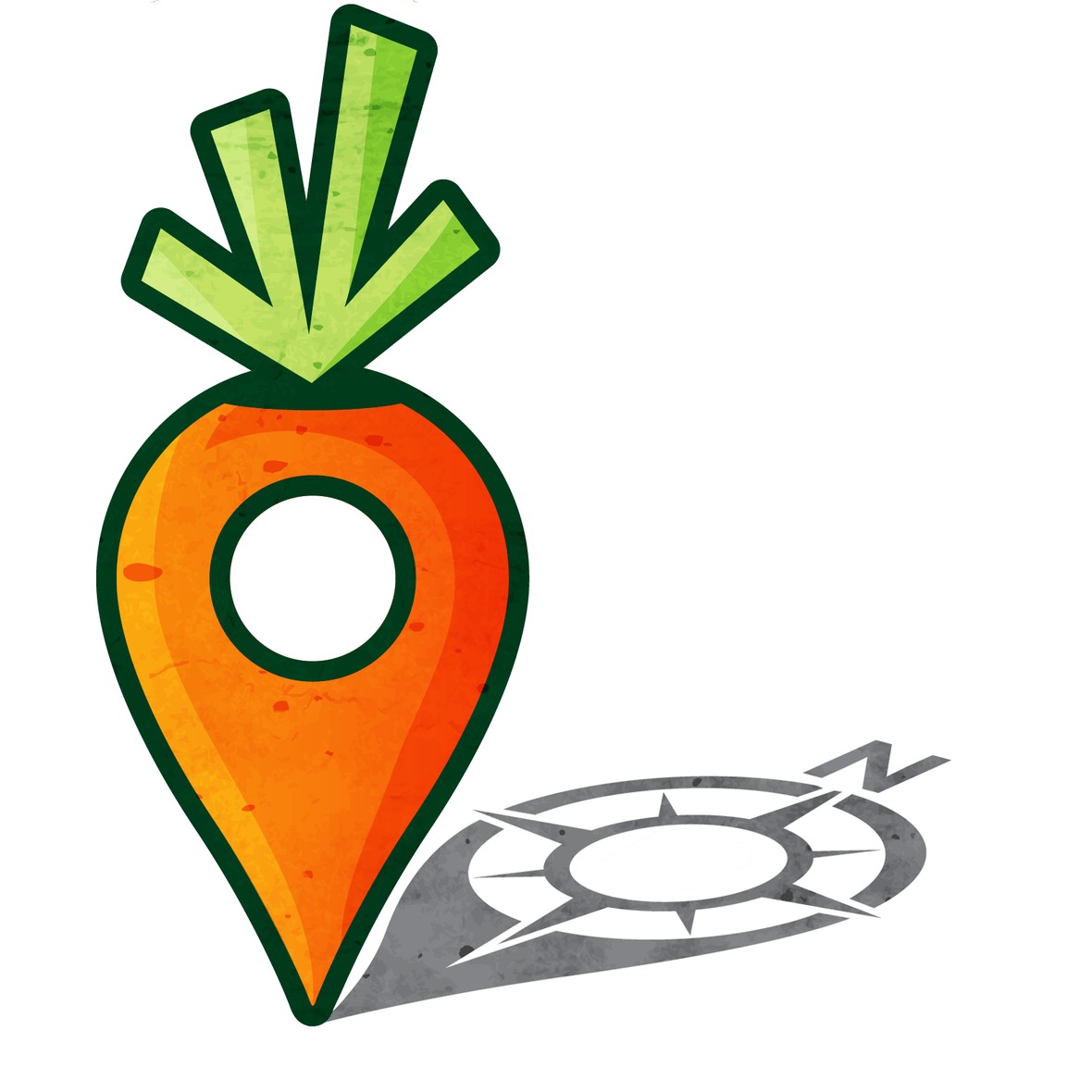Can local food feed the world, take 10
Besides being delicious, nutritious, creative and relational, can “local food” in any way scale to “feed the world.” In this post I explore this watershed question and propose we focus on complementary food systems (local and global) and an audacious goal: 50% from 500 miles by 2050.
If you ask, “Can local feed the world?” I think we should also ask “Can a global food system nourish the world?” And by the “take ten” in the title, I mean I will come at this question again and again.
Local too boutique-y?
If you believe “local” ‘s a niche market, too expensive, too limited, too privileged to do much more that provide some summer meals, then you give credence to the larger scale, input intensive answers to “feeding the world.”
If you believe that “local food” can scale, that it has always been and forever will be the main way people feed themselves, at least to some degree, then you search for answers in this direction. Perhaps you garden or farm or work on policy or start scalable enterprises or tell powerful stories.
Compassion
Both approaches come from your compassion – your desire to assure people are well nourished and future generations will thrive. Sometimes advocates for these approaches fail to see the compassion inherent in one another’s solutions.
Advocates for larger scale, high-tech farming think focusing on mid- or small- scale regional diverse sustainable farming is quaint at best but fails to account for the 9 billion mouths we will have to feed by 2050. Regional is unrealistic and ultimately would consign many to starvation.
Advocates for what I call “scaling sideways” – interconnected regions that both feed their people and trade – worry about the unintended consequences of engineering our food system – genetically and mechanically. They point to the unintended consequences of the Green Revolution that hybridized seeds to triple production, but at the expense of diversity, soil quality, viability of small farms, urban migration, population growth and resilience.
Complementary Food Systems
In my book, Blessing the Hands that Feed Us, I came to a both-and conclusion, which led to the overarching vision of the 10-Day Local Food Challenge as: 50% of our food from 500 miles by 2050. Which 50% can best go local and which can best be sourced by our highly efficient global food system that grows commodity crops in great quantity as well as those avocados and bananas we love?
In these blog posts and my writing I am hunting for a diversity of answers to how to achieve that goal. I presume that “local food” – some 100 feet food, some 10-mile, some 100-mile, some state or region – can provide 50% of everyone’s daily fare. That’s a totally audacious premise.
I invite you to join me in this hunt!
Here’s a wonderful film about how sustainable farming practices are working and spreading in Kenya where climate change is beating down on farms:

No comments